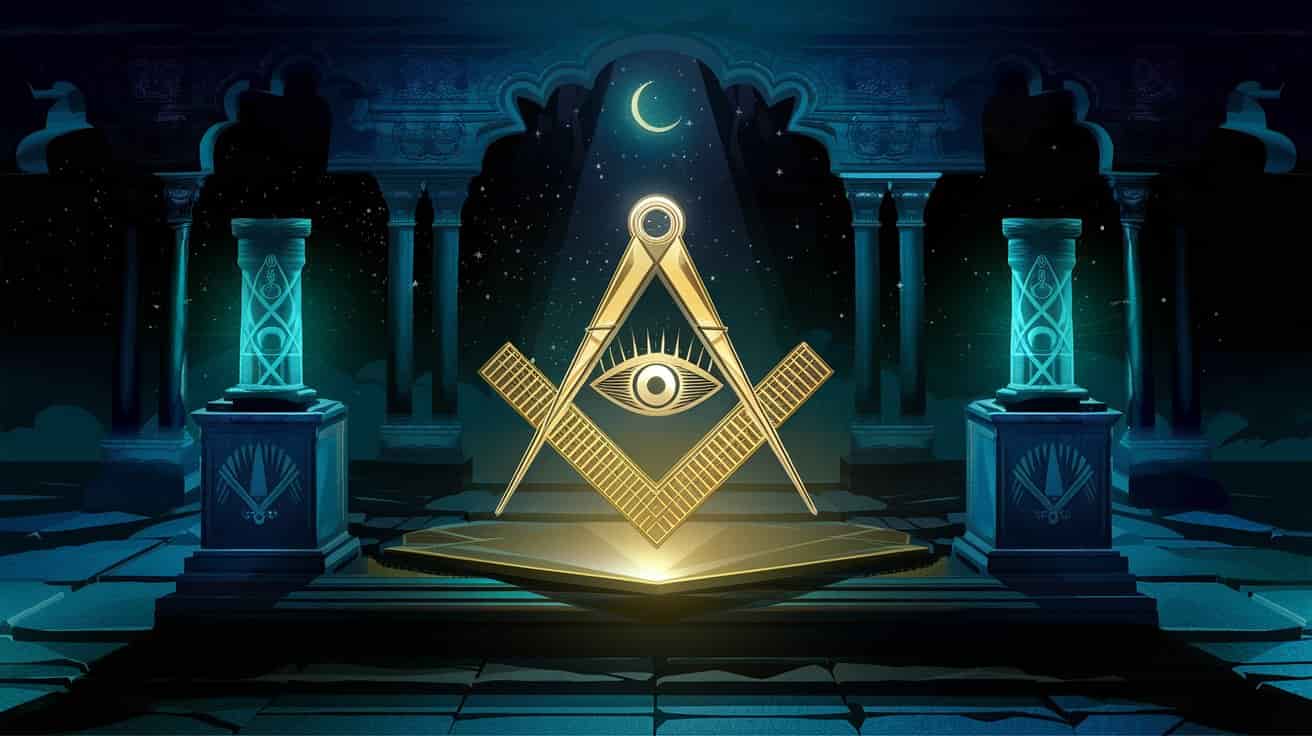Werewolf: Origins and Cultural Impact
The werewolf, a mythical creature that transforms from human to wolf, has fascinated humanity for centuries. Rooted deeply in ancient folklore, the werewolves is often depicted as a fearsome figure associated with the full moon and primal instincts. From chilling transformation tales to its symbolic representation of human duality, the werewolf remains one of the most captivating elements of mythology and pop culture.
By exploring the werewolf’s origins, its myths, and its portrayals in modern media, this article provides a comprehensive understanding of this enigmatic creature. Let’s dive into the details!
What Is a Werewolf? Understanding the Mythical Creature
A werewolf, also known as a lycanthrope, is a human who has the ability to transform into a wolf or a wolf-like creature. Werewolves are unique in myths because they possess extraordinary strength, heightened primal instincts, and supernatural abilities. Their transformations are frequently involuntary, driven by external triggers such as the full moon.
The idea of werewolves has persisted through centuries of storytelling, becoming a central figure in horror stories and symbolic discussions of humanity’s inner nature.
Werewolf Myths in Ancient Cultures
The werewolf legend has origins that span across diverse ancient civilizations. The concept of humans turning into wolves is rooted in storytelling traditions, offering insight into human fears and interpretations of nature.
1. Ancient Beginnings of Werewolf Tales
The earliest werewolf myths emerge from ancient texts and symbolic references. Some notable examples include:
- Mesopotamian Tales: The Epic of Gilgamesh contains allusions to men cursed to become wolves.
- Greek Mythology and the Story of King Lycaon: King Lycaon was transformed into a wolf by Zeus after committing acts of savagery, symbolizing human moral corruption and savagery.
- Norse Mythology and the Berserkers: Scandinavian legends describe warriors called berserkers and ulfhednar, who wore wolf skins to channel animalistic power and battle rage.
2. Medieval European Legends and Witch Trials
During the Middle Ages, werewolf myths became intertwined with fear of witchcraft. Many accused witches were labeled as werewolves, which exacerbated paranoia and led to widespread trials and executions.
These European werewolf stories often focused on transformation curses, demonic contracts, and divine punishment.
The Process of Becoming a Werewolf: Transformation Stories
The legends surrounding how humans become werewolves vary but commonly share a few central themes. These include curses, bites, and supernatural triggers.
1. Curses and Dark Sorcery
Many ancient werewolf legends suggest that humans became werewolves after being cursed by gods, witches, or spirits. Consuming enchanted potions or donning magical wolf pelts was believed to provoke this transformation.
2. The Werewolf Bite as a Modern Folklore Trigger
Modern werewolves stories popularized the idea that werewolves can infect humans through their bites or scratches, similar to how diseases are transmitted.
3. The Full Moon as a Catalyst for Transformation
The association of werewolves with the full moon dates back to the 19th century and was solidified in Hollywood depictions. The full moon is symbolic of heightened emotions, primal instincts, and transformation, serving as a universal trigger for werewolf changes.
Werewolves Around the Globe: Global Interpretations
The werewolves isn’t confined to European folklore. Various cultures have unique werewolf-like creatures and shape-shifters.
1. European Werewolf Traditions
The werewolves myth has its roots deeply embedded in Europe. Key examples include:
- France: The loup-garou is a cursed figure symbolizing divine punishment in French folklore.
- Germany: German werewolf stories portray them as predatory creatures terrorizing villages.
2. Native American Shape-Shifters
The Navajo people refer to creatures known as skin-walkers, shape-shifting witches who assume animal forms. While not exclusively werewolves, their transformation tales mirror werewolf-like attributes.
3. Asian & African Werewolf Variants
- Asian Myths: In India and Japan, werewolf-like transformations often involve predators like tigers and foxes.
- African Legends: The bultungin is a mythical figure that transforms into hyenas, resembling werewolf traits.
These global interpretations highlight how werewolves myths adapted to regional fears and local spiritual beliefs.
Scientific and Psychological Explanations for the Werewolf Myth
While werewolves are mythological creatures, science provides several explanations for their persistence and human belief in their existence.
1. Clinical Lycanthropy
Clinical lycanthropy is a rare psychological condition where individuals believe they can or are transforming into animals. This disorder can lead to delusions and changes in behavior, mirroring werewolf traits.
2. Hypertrichosis
Hypertrichosis, also known as werewolves syndrome, is a genetic condition characterized by excessive hair growth. This condition may have inspired werewolves legends in earlier societies.
3. Rabies Epidemics as a Root Cause
Rabies causes aggression, fear, and erratic behavior in animals and humans. Historical outbreaks of rabies could explain the aggressive, wolf-like behavior attributed to werewolves.
Werewolves in Literature, Movies, and Popular Culture
The werewolf’s presence in modern culture has solidified its iconic status. From books to cinema, the werewolf remains one of the most beloved and feared mythical creatures.
1. Werewolves in Classic Literature
Literary works such as The Werewolf of Paris by Guy Endore and Stephenie Meyer’s Twilight have reimagined the werewolf archetype, casting them in roles ranging from monsters to misunderstood heroes.
2. Werewolf Films and Hollywood’s Influence
The cinematic depiction of werewolves began in the 1940s and evolved into iconic horror films such as:
- The Wolf Man (1941), which introduced the silver bullet trope.
- An American Werewolf in London (1981), famous for its groundbreaking transformation scenes.
3. The Gaming World’s Werewolf Depictions
Werewolves have also infiltrated the video gaming industry, appearing in games like The Elder Scrolls: Skyrim, allowing players to explore the concept of lycanthropy firsthand.
How to Protect Yourself from a Werewolf
Legends and myths suggest several ways to fend off werewolves or ward them off:
- Silver Weapons: Silver bullets and swords are widely believed to harm or kill werewolves.
- Wolfsbane: A mystical herb thought to repel werewolves or cure lycanthropy.
- Protective Symbols: Ancient talismans and amulets may offer protection from werewolves attacks.
The Psychological Appeal of Werewolves
The werewolves symbolizes more than just a mythical beast. It represents the eternal struggle between human nature and primal urges, exploring themes of morality, instinct, and transformation.
Why We Fear and Admire Werewolves
Werewolves capture our imaginations because they mirror our complex fears, desires, and relationships with nature. They are timeless symbols of transformation, duality, and the unknown.
Why Do Werewolves Continue to Fascinate Us?
The werewolf, with its blend of horror, history, and mystery, reminds humanity of its fears and internal conflicts. These myths allow readers, thinkers, and storytellers to explore duality, morality, and the fine line between humanity and savagery.
The werewolves, as a symbol, continues to adapt to every generation’s fears and dreams, securing its place as one of myth and pop culture’s most enduring figures.



Post Comment